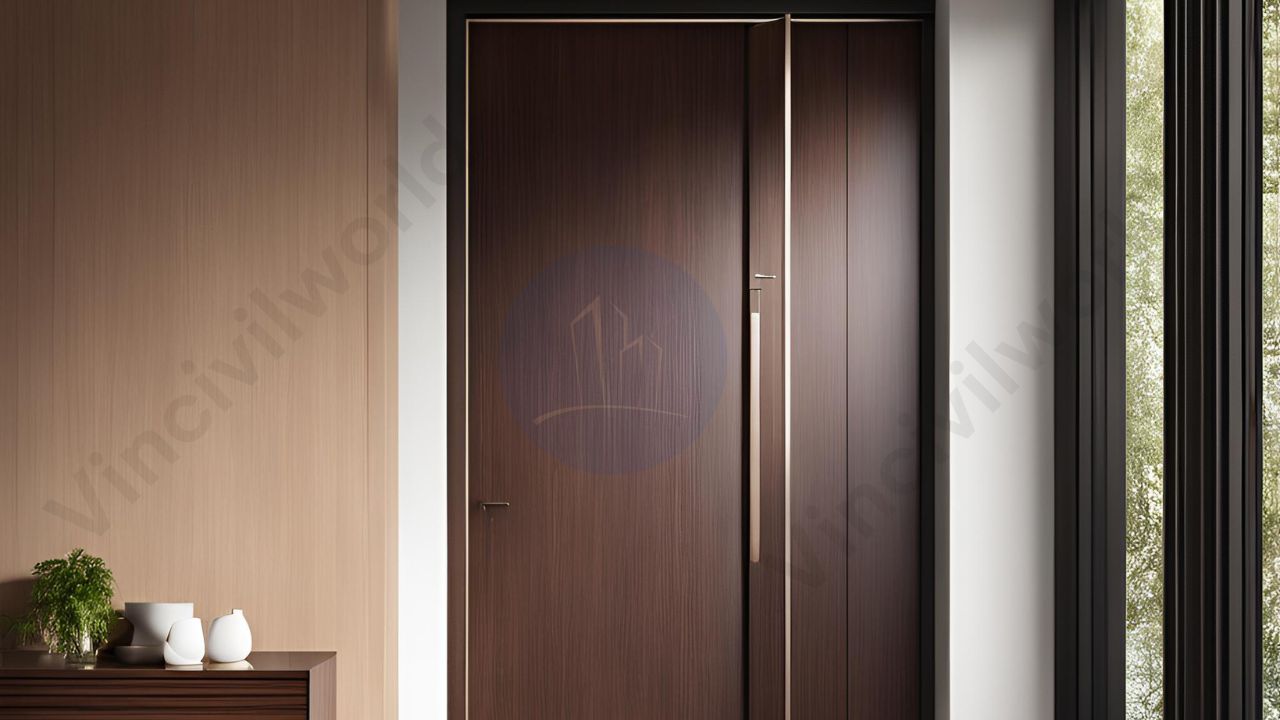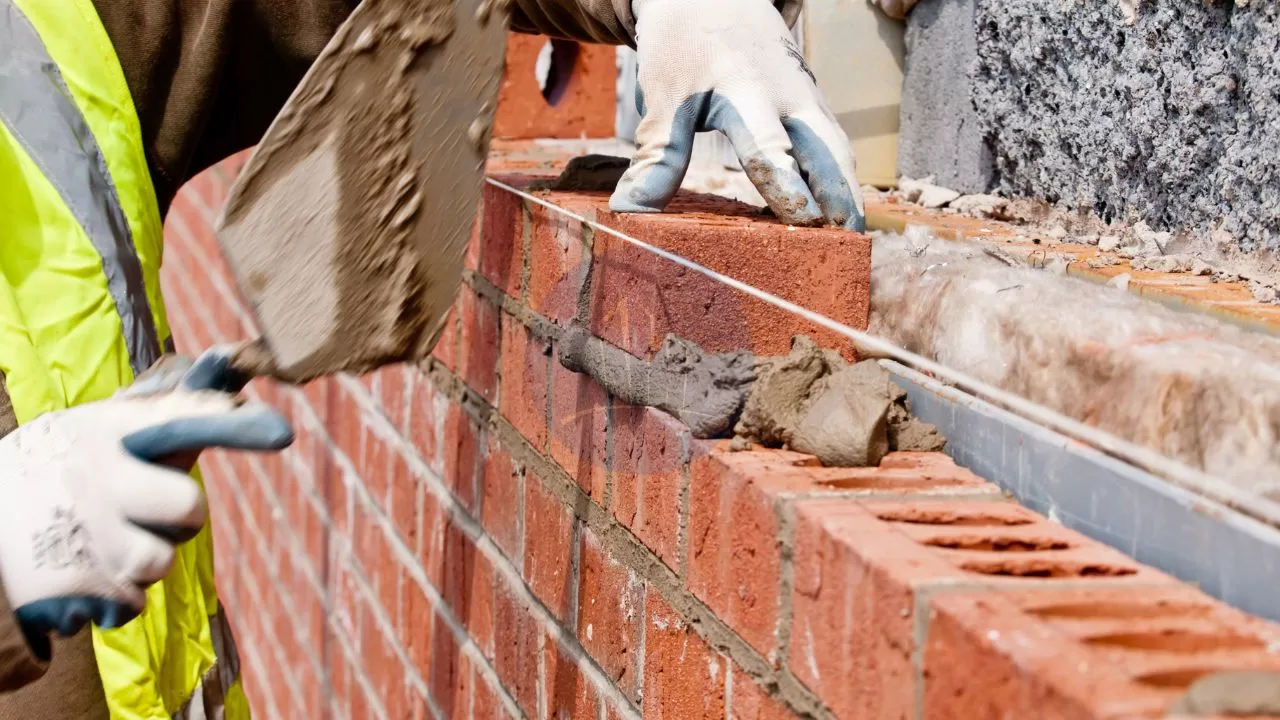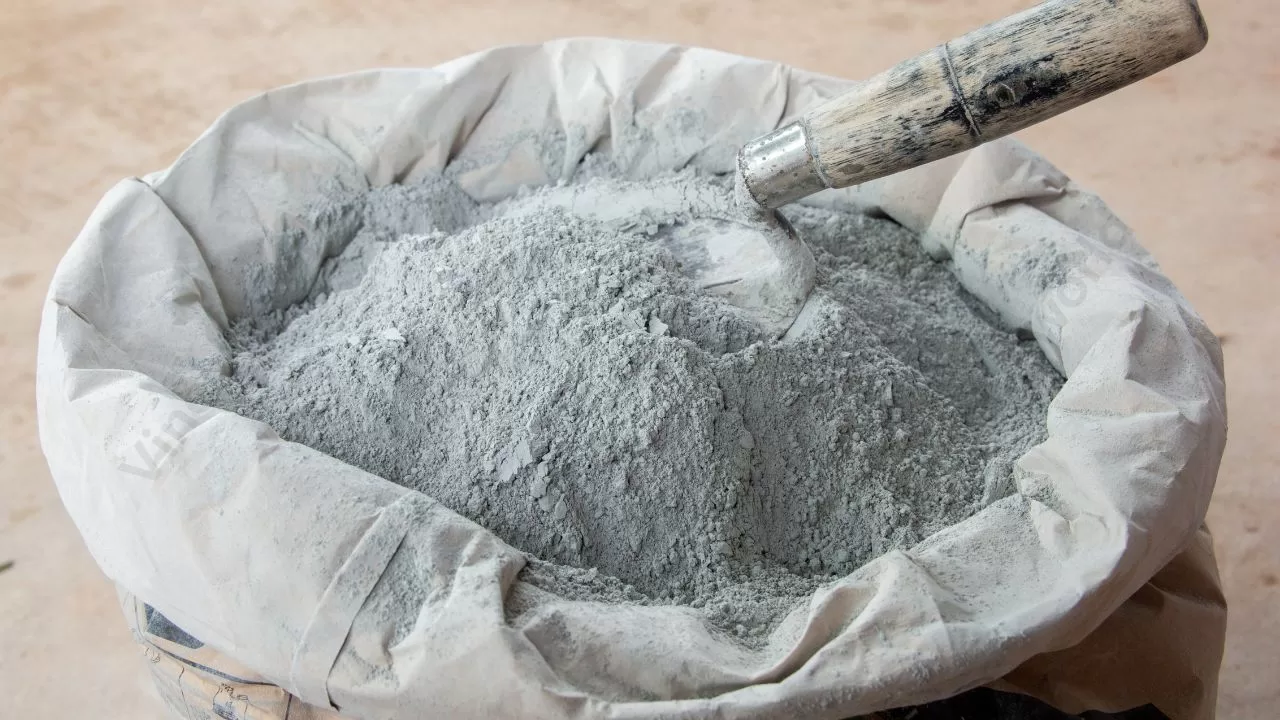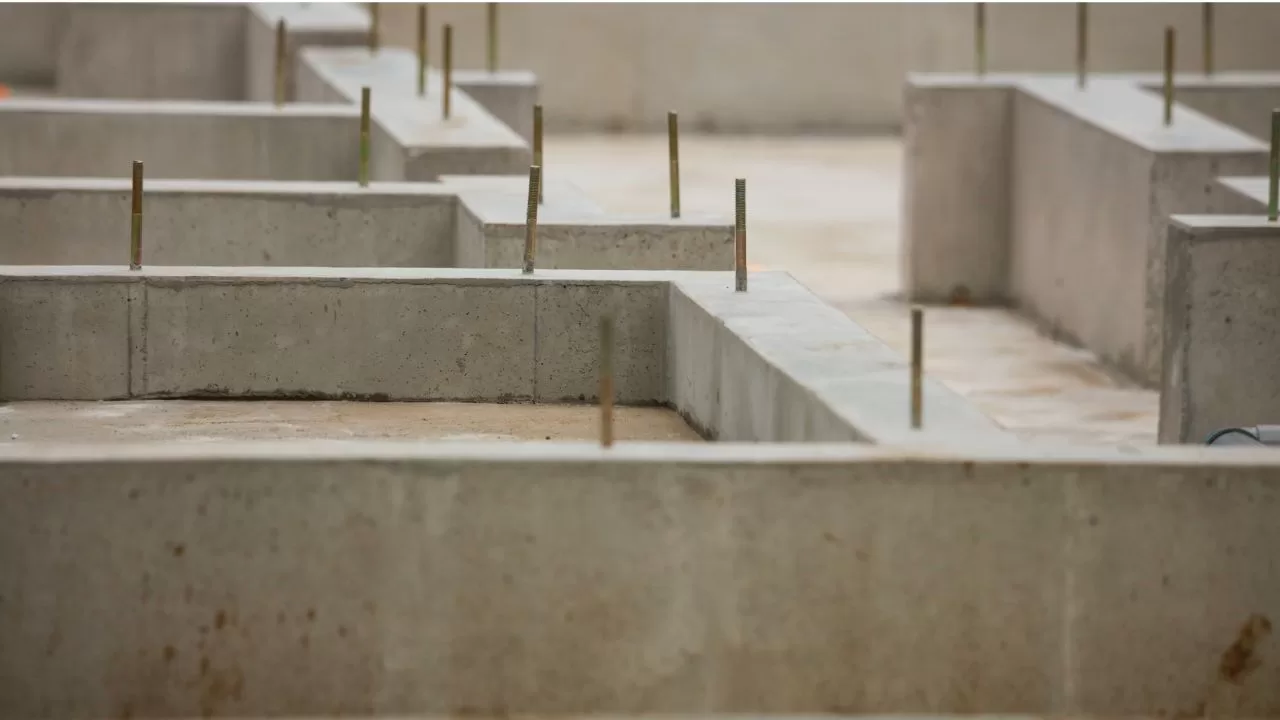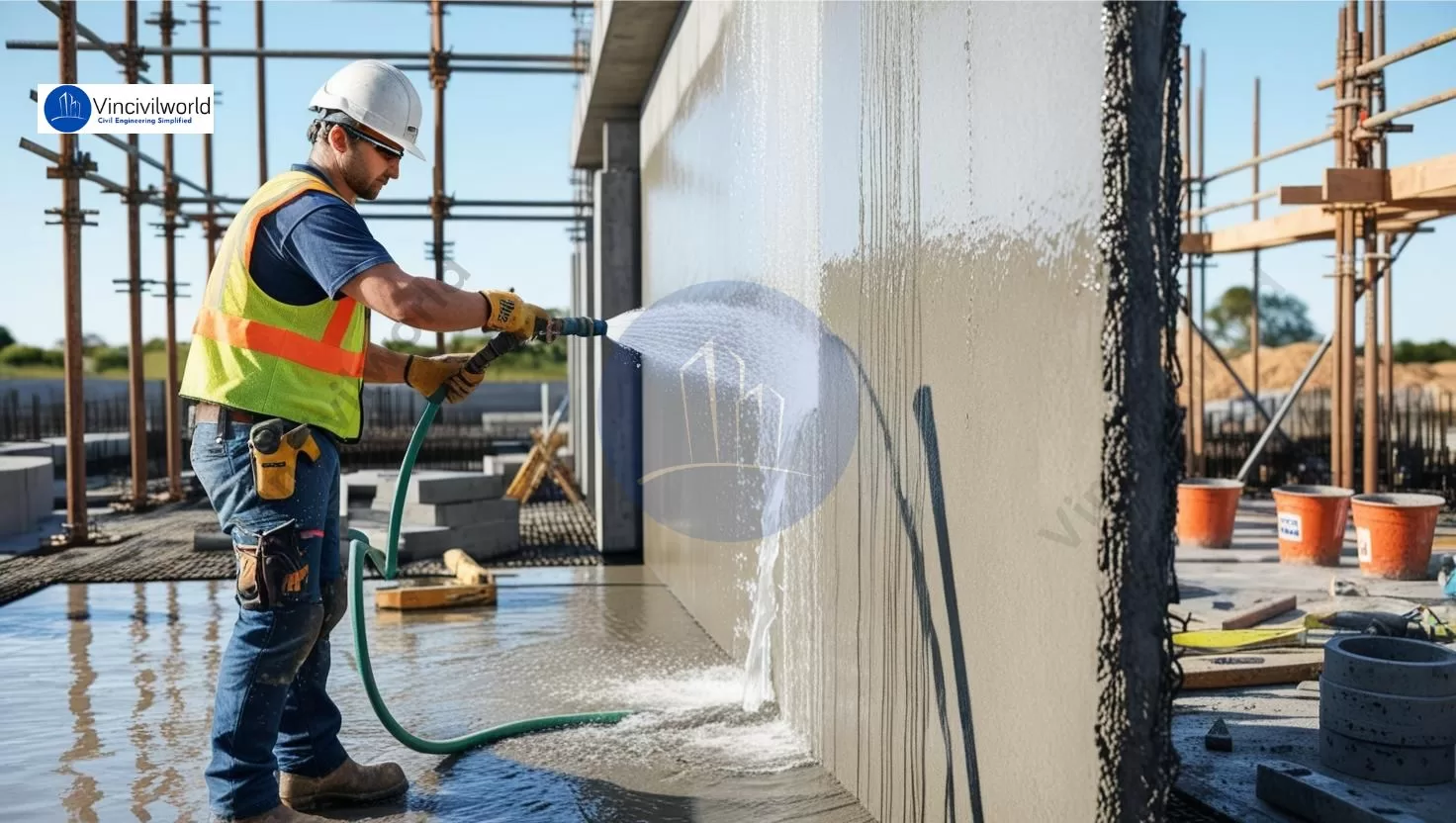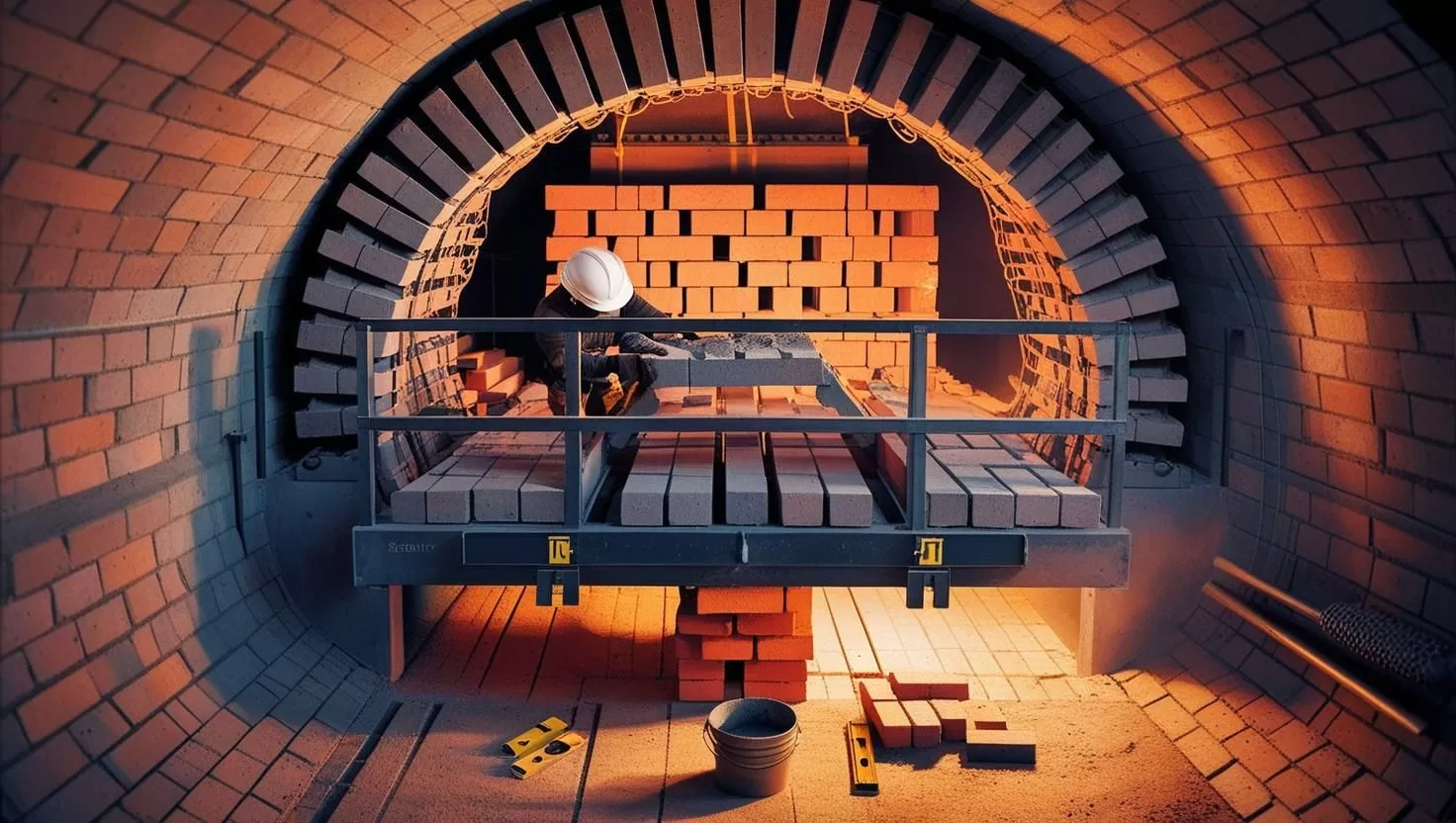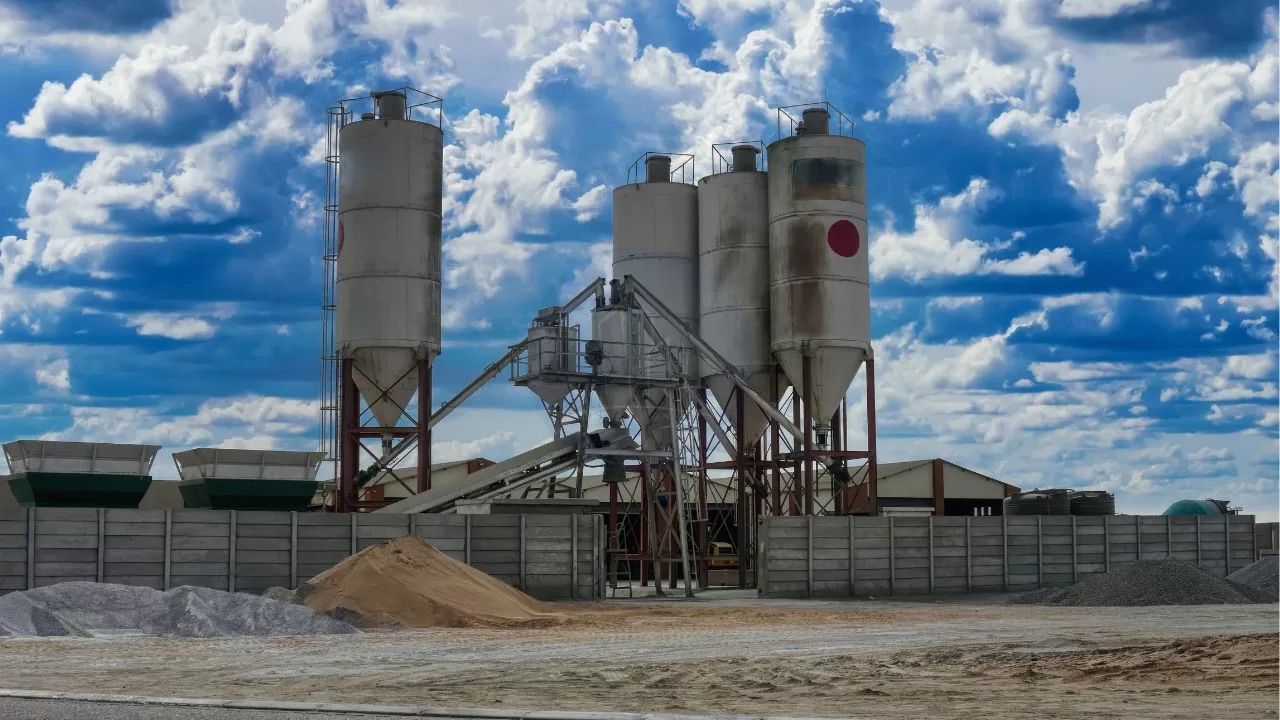Flush Door: The Perfect Choice for Interiors
Flushing door or flush doors are internal doors with a basic and elegant form, a level surface, and minimum decoration. The door panels are flush with the frame, hence the name “flush door.” Flush doors are popular in modern architectural design because of their clean, minimalist appearance and adaptability.

